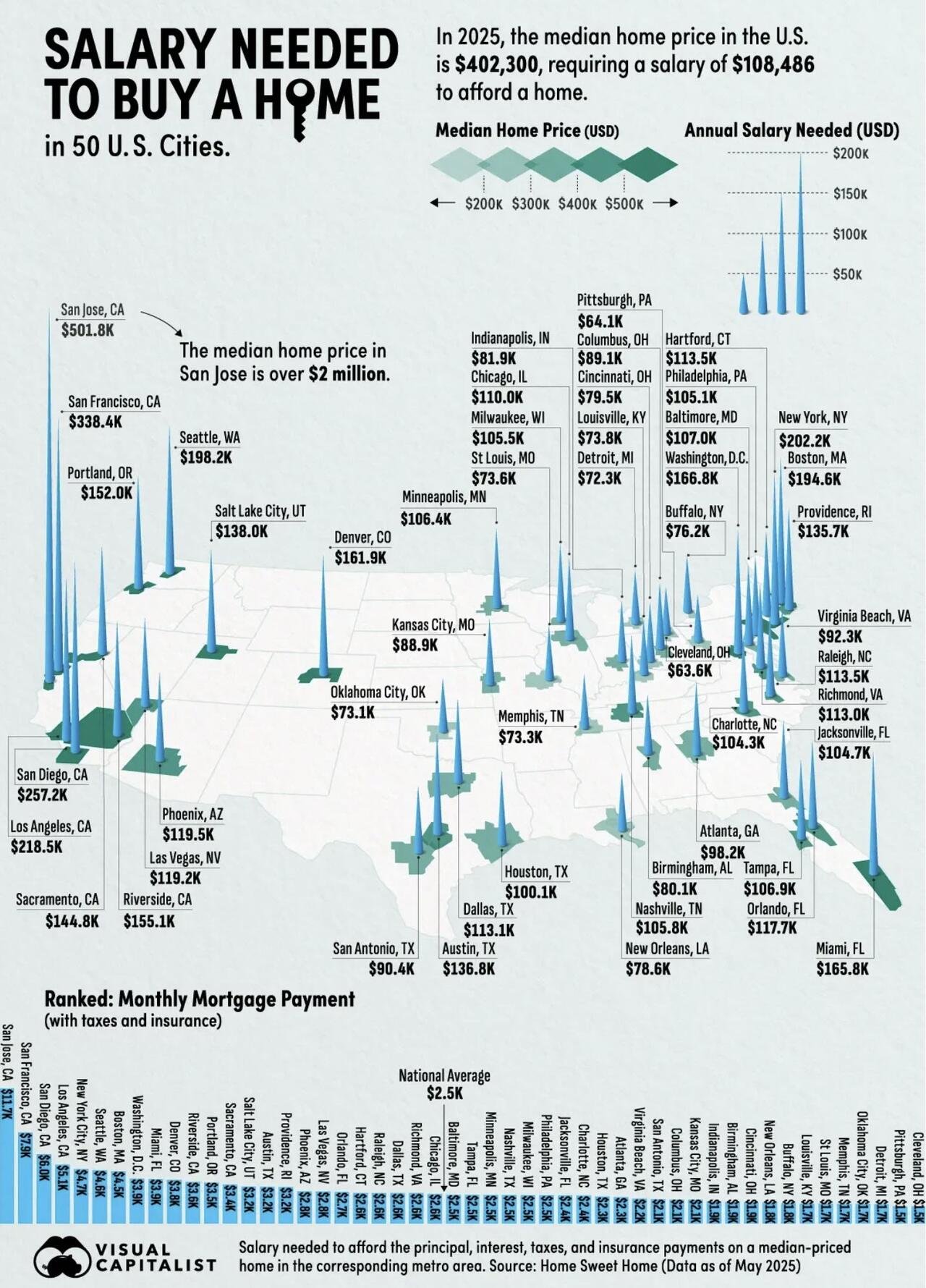It was the most terrifying moment of my entrepreneurial journey.
I was 31 - a farm kid from Mississippi, sweating through my suit jacket at Rockefeller Center in New York. I’d already been rejected by Nashville investors: “Too young, too risky, too small to compete.” This felt like my last shot.
Ten minutes into my polished pitch, Ted McCourtney, Senior Partner at Venrock, asked his team to leave. Then he told me, “I'm already an investor in your biggest competitor. Why should I bet on you?”
I knew the deck wouldn’t save me. So I just told the truth.
I shared how I grew up on a rural farm. Joined the Army to pay for college. And then I said:
“Mr. McCourtney, I’ve mortgaged my home and my family farm to start this. If I fail, I lose everything. If I fail, you lose a fraction of a percent of your holdings. I’m all in. This cannot fail.”
He listened quietly. Then he brought his assistant back in and said, “We’re going to back Michael.”
Years later, after we’d successfully sold the company, I asked him why.
He said “Michael, I rarely see such naive honesty in New York. Given your story and what you had on the line, I knew you were a good bet.”
LESSON: Venture Capital investing is inherently uncertain. Investors like Ted McCourtney have to guard against moral hazard (will the entrepreneur act in the best interests of the investor) and adverse selection (if other investors turned him down, am I missing something). But the entrepreneur's revelation that if he failed, he would lose everything, assured the investor that his goals were aligned with those of the investor.
CREDIT: Professor Michael Burcham




















